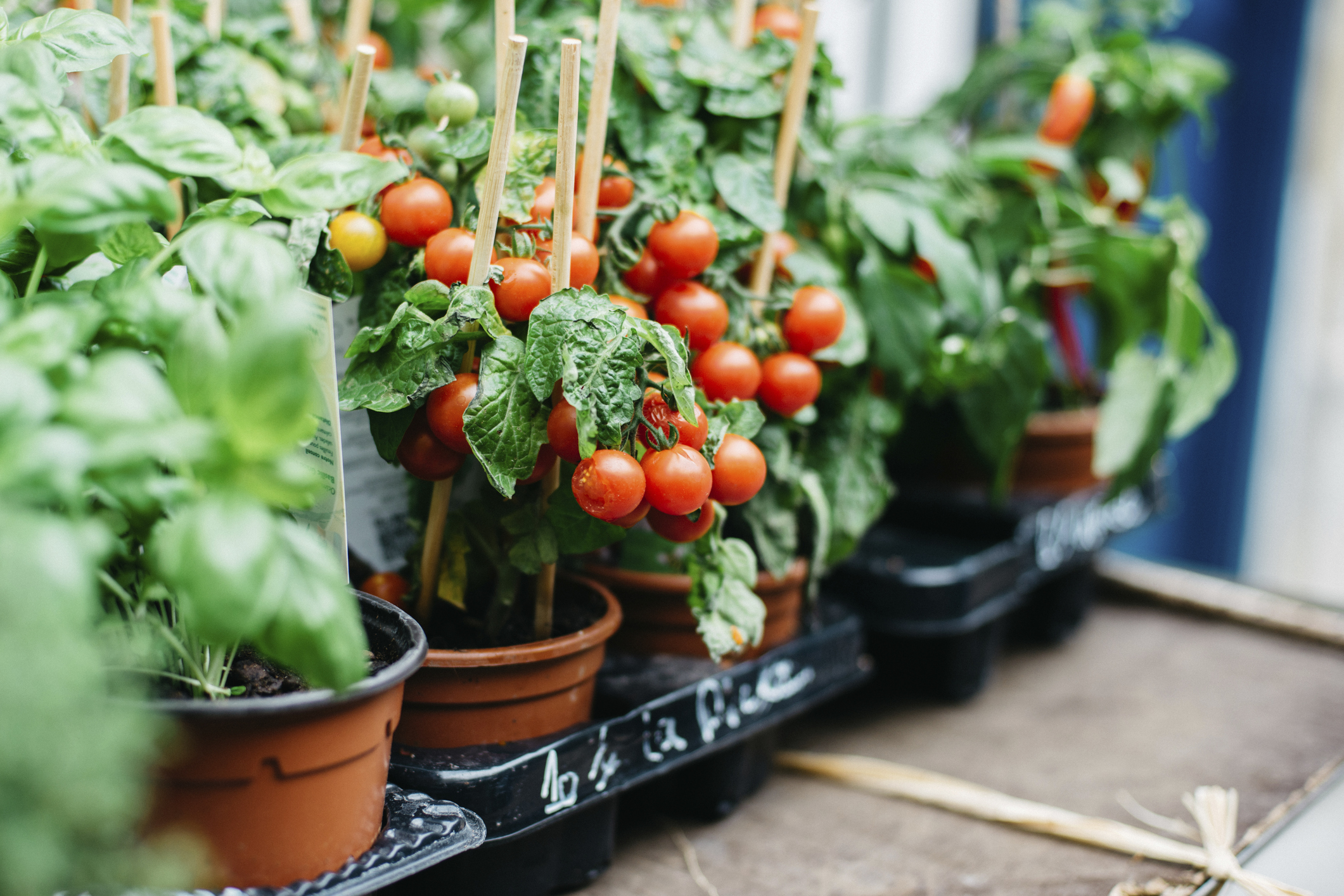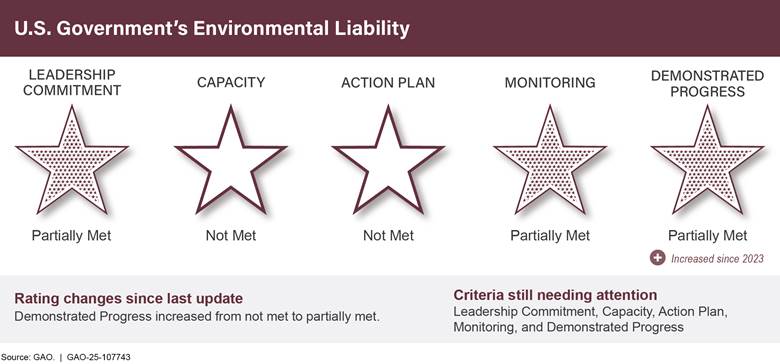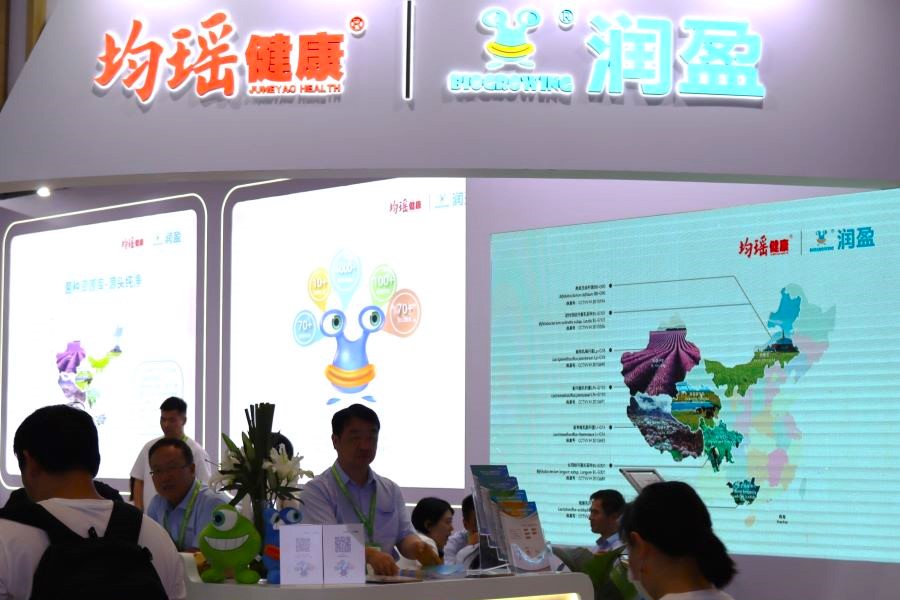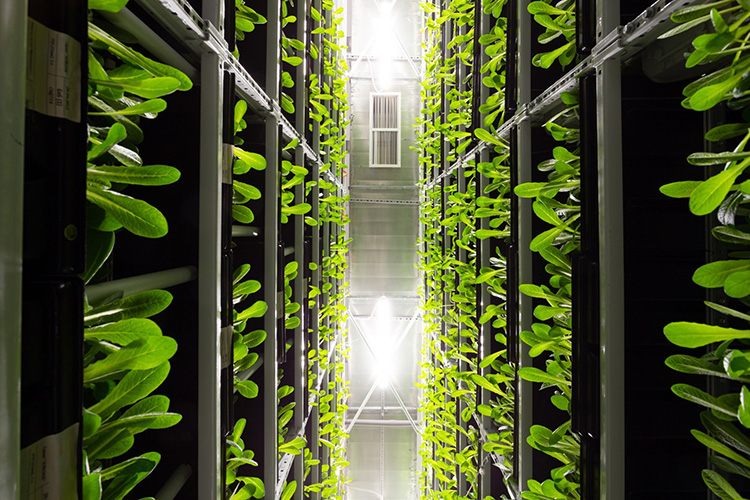Report on Beetroot Cultivation and its Contribution to Sustainable Development Goals
Alignment with SDG 2: Zero Hunger and Sustainable Agriculture
The cultivation of beetroot (Beta vulgaris) presents a significant opportunity to advance local food security and promote sustainable agricultural practices, directly supporting the objectives of SDG 2.
- Optimal Growing Conditions: In regions such as the United Kingdom, July offers ideal temperatures for germination and growth, facilitating reliable local food production.
- Extended Harvest Period: Strategic planting in early spring can yield continuous harvests from summer to mid-autumn, ensuring a consistent supply of nutritious food and enhancing food security at the household level.
- Accessibility and Low-Maintenance Farming: Expert analysis confirms that beetroot grows well in various soils and requires minimal maintenance. This makes it an ideal crop for novice gardeners, promoting decentralized food systems and empowering communities to produce their own food.
Contribution to SDG 3 (Good Health and Well-being) and SDG 12 (Responsible Consumption and Production)
Promoting the growth and consumption of beetroot directly supports goals related to health, well-being, and sustainable consumption patterns.
- Enhancing Nutrition: Beetroot is a versatile and nutritious vegetable. Its leaves can be harvested early for salads, while the mature roots provide a key dietary component, particularly as a flavorful autumn vegetable. This contributes to the healthy living targets of SDG 3.
- Fostering Responsible Consumption: Home cultivation of beetroot is a model of sustainable production and consumption (SDG 12). This practice reduces reliance on industrial supply chains, minimizes food and packaging waste, and shortens the farm-to-table distance.
Impact on SDG 11 (Sustainable Cities) and SDG 13 (Climate Action)
The practice of home gardening has positive implications for creating sustainable communities and addressing climate change.
- Sustainable Urban Environments: Encouraging residents to grow food like beetroot contributes to greener, more resilient, and sustainable cities and communities, in line with SDG 11.
- Climate Change Mitigation: Localizing food production significantly lowers “food miles,” thereby reducing the carbon footprint and greenhouse gas emissions associated with long-distance food transportation. This represents a tangible action in support of SDG 13.
Analysis of Sustainable Development Goals in the Article
1. Which SDGs are addressed or connected to the issues highlighted in the article?
-
SDG 2: Zero Hunger
The article promotes home gardening as an accessible activity, even for beginners (“ideal for those new to gardening”). This practice directly contributes to household food security by providing access to fresh, nutritious food. By encouraging individuals to grow their own vegetables like beetroot, the article touches upon the goal of ensuring access to safe and nutritious food.
-
SDG 3: Good Health and Well-being
The article encourages the consumption of vegetables by highlighting how to grow beetroot and use it in meals (“baby beetroot leaves early for salads,” “delicious autumn vegetable”). It also links to a healthy recipe (“hot smoked salmon, beetroot salad”). Promoting the consumption of fresh, homegrown produce is directly linked to fostering healthy diets, which is a key component of preventing non-communicable diseases and promoting overall well-being.
-
SDG 12: Responsible Consumption and Production
Growing food at home is a sustainable practice that aligns with responsible consumption. It shortens the food supply chain, reduces food miles, and can minimize packaging waste. The article implicitly supports this by suggesting the use of the entire plant—both the “leaves early for salads” and the “roots”—which is a strategy to reduce food waste at the consumer level.
2. What specific targets under those SDGs can be identified based on the article’s content?
-
Target 2.1: By 2030, end hunger and ensure access by all people, in particular the poor and people in vulnerable situations, including infants, to safe, nutritious and sufficient food all year round.
- The article supports this target on a micro-level by providing guidance on how to achieve “continuous harvests from summer to mid-autumn,” thereby increasing a household’s access to nutritious food.
-
Target 3.4: By 2030, reduce by one third premature mortality from non-communicable diseases through prevention and treatment and promote mental health and well-being.
- The article contributes to the prevention aspect of this target by promoting a healthy diet through the cultivation and consumption of beetroot, a nutritious vegetable.
-
Target 12.3: By 2030, halve per capita global food waste at the retail and consumer levels and reduce food losses along production and supply chains, including post-harvest losses.
- The suggestion to use both the “baby beetroot leaves” and the “roots” directly addresses the reduction of food waste at the consumer (household) level.
-
Target 12.8: By 2030, ensure that people everywhere have the relevant information and awareness for sustainable development and lifestyles.
- The article itself is a form of information dissemination, educating readers on sustainable lifestyle practices like home gardening.
3. Are there any indicators mentioned or implied in the article that can be used to measure progress towards the identified targets?
The article does not contain official statistical indicators, but it implies qualitative or proxy indicators for measuring progress at a household or individual level:
- Indicator for Target 2.1: The ability to achieve “continuous harvests from summer to mid-autumn” serves as an implied indicator of increased and sustained access to food for the gardening household.
- Indicator for Target 12.3: The practice of using multiple parts of the plant (“leaves” and “roots”) is an implied indicator of reduced food waste at the household level.
- Indicator for Target 12.8: The availability and accessibility of informational content, such as this article on “how to grow beetroot,” can be seen as a proxy indicator for the dissemination of knowledge about sustainable lifestyles.
4. Summary Table of SDGs, Targets, and Indicators
| SDGs | Targets | Indicators Identified in the Article (Implied) |
|---|---|---|
| SDG 2: Zero Hunger | Target 2.1: Ensure access to safe, nutritious and sufficient food all year round. | Achieving “continuous harvests from summer to mid-autumn.” |
| SDG 3: Good Health and Well-being | Target 3.4: Reduce premature mortality from non-communicable diseases and promote well-being. | Consumption of homegrown vegetables as part of a healthy diet (e.g., “beetroot salad”). |
| SDG 12: Responsible Consumption and Production | Target 12.3: Halve per capita global food waste at the consumer level. | Utilization of the whole plant (“baby beetroot leaves” and “roots”). |
| Target 12.8: Ensure people have relevant information for sustainable lifestyles. | The article itself, providing information on how to grow food at home. |
Source: countryliving.com







